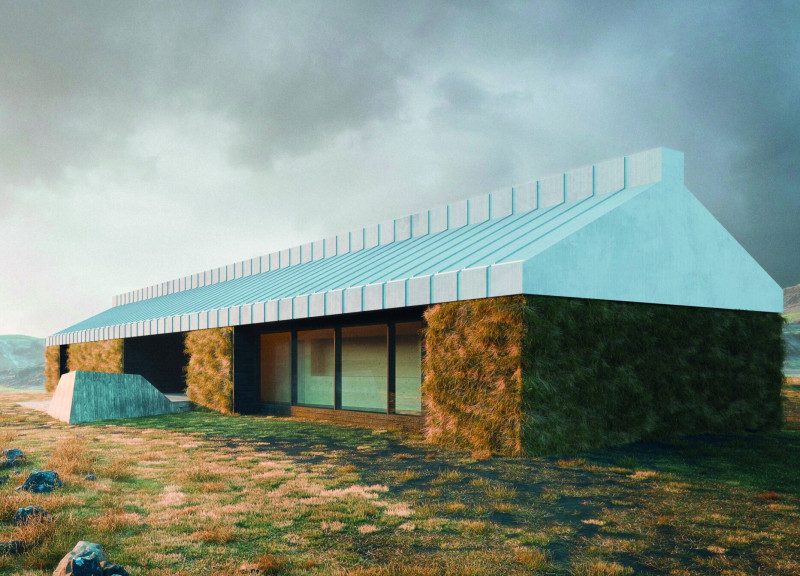5 key facts about this project
At its core, the project represents a commitment to sustainability and community engagement. The design is characterized by a careful selection of materials, reflecting a contemporary approach that prioritizes environmental responsibility. Elements such as reclaimed wood, high-performance glass, and locally sourced stone contribute not only to the aesthetic appeal but also to the operational efficiency of the building. The use of these materials creates a warm, inviting atmosphere while promoting energy conservation and minimizing the overall ecological impact.
The architectural design is articulated through various distinct forms and volumes, resulting in an intriguing silhouette that invites exploration. The interplay of light and shadow across the facade enriches the visual experience, making the building dynamic as sunlight changes throughout the day. The incorporation of terraces and green spaces not only enhances the livability for its occupants but also fosters biodiversity within the urban landscape. The careful integration of landscaping elements allows the project to seamlessly blend with the surroundings, reinforcing the relationship between architecture and nature.
Functionally, the project is designed to serve a diverse range of activities, ensuring that it meets the varying needs of the community. The layout emphasizes connectivity through open spaces and communal areas, encouraging social interaction among inhabitants. This strategic approach to design enhances the sense of belonging, making it an asset to the neighborhood. Flexible spaces within the structure can be adapted for multiple uses, allowing for versatility in how the facility is occupied and engaged with daily.
Unique design approaches are evident in the project's commitment to creating spaces that are not just functional but evoke a sense of place. The orientation of the building takes full advantage of natural light, reducing the reliance on artificial lighting during the day. Large windows and strategically placed openings ensure that the interiors are flooded with daylight, supporting the well-being of the occupants. In addition, advanced building techniques have been employed to create environments that are conducive to both privacy and community, striking a balance that is often challenging in urban settings.
The project's concept is not merely about constructing a physical space, but rather about cultivating a thriving ecosystem where architecture enhances the quality of life for its users. Through innovative design solutions, the project redefines the relationship between the built environment and its users, while paying homage to the characteristics that define the locale.
Every aspect of the project has been meticulously considered, from its initial concept to the final design details. For those interested in delving deeper into the intricacies of this project, exploring architectural plans, architectural sections, and architectural ideas can yield valuable insights into the thought process behind this design. Each element is a testament to the dedication to creating a space that is both functional and aesthetically pleasing. As you engage with these materials, you will uncover how this architectural endeavor not only fulfills immediate needs but also contributes to the broader narrative of the urban fabric. This project stands as an example of how thoughtful architecture can foster connections, promote sustainability, and enhance the experiences of all who interact with it.


 Manu Vihtori Humppi
Manu Vihtori Humppi 























